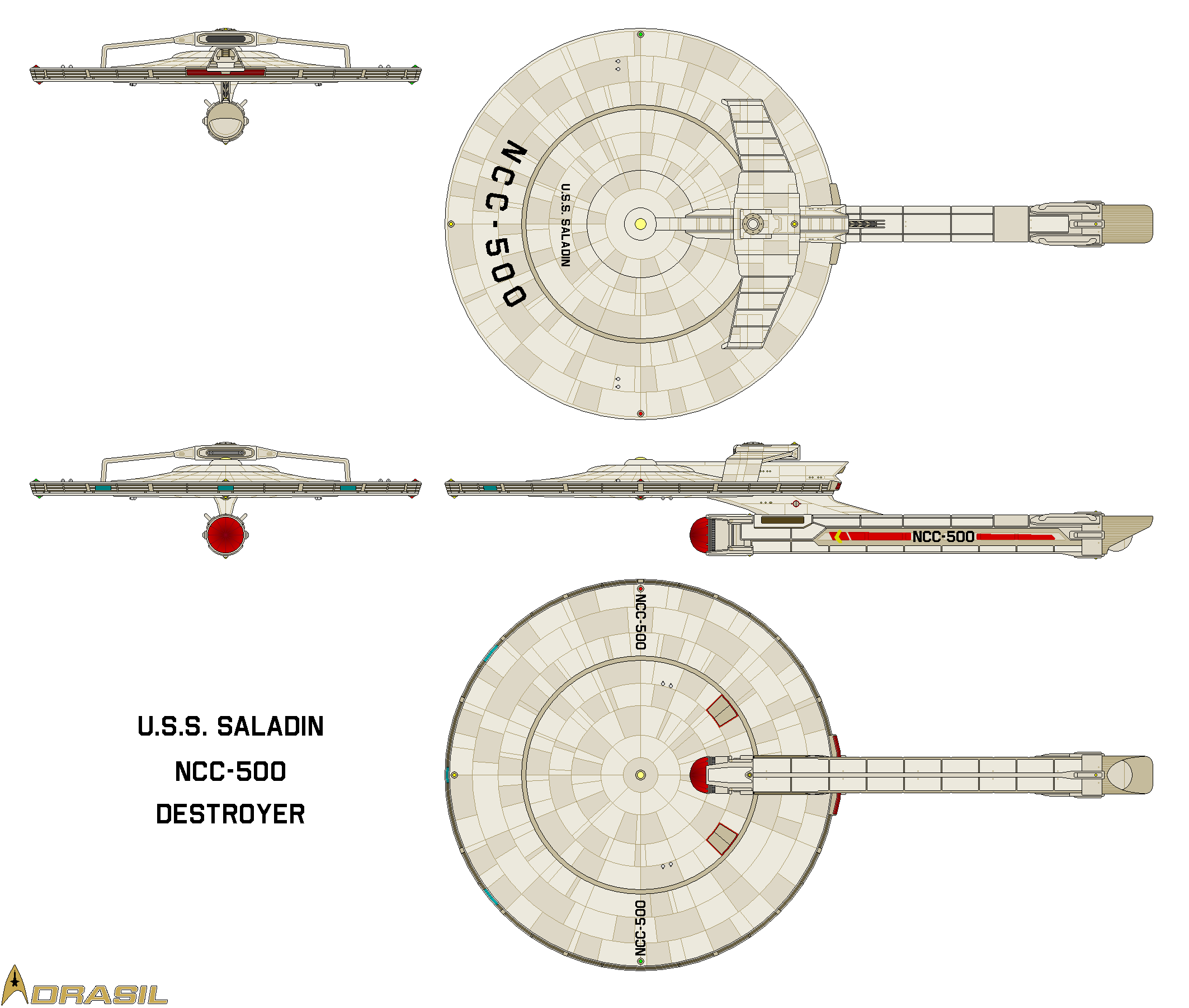HOME | DD
 RevancheRM — Saladin subclass destroyer (2225)
RevancheRM — Saladin subclass destroyer (2225)

#starfleet #startrekstarship #timosaloniemi
Published: 2019-08-30 18:16:06 +0000 UTC; Views: 2005; Favourites: 32; Downloads: 20
Redirect to original
Description
The Syracuse class destroyer and its subclasses (Saladin, Boston, Einstein, Siva, Siva Flight II, Pompey, Pompey (w/Q-Pod), Pompey (w/Torpedo Pod), Pompey (w/Sensor Pod), Einstein Flight II, Siva Flight III, Siva Flight III (upgrade)) are Part 3 of the Project Starship series.Image provided by: adrasil
Original inspirations from: Star Trek II: The Wrath of Khan, Franz Joseph, Star Trek (2009), Star Trek: Axanar
Incorporating parts built by: captshade & nichodo
History from: Hobbyist's Guide to the UFP Starfleet , by Timo Saloniemi
Variant blueprints: Access via Adrasil's Download button
Featured in: Starship Recognition Manual #292
Due to the numerous disappointments that severely limited the Syracuse class in serving alongside its intended sister-in-arms, the Detroyat, the third production run was delayed in order to incorporate lessons learned. Intending to honor Earth warriors of the past, the subclass was designated as Saladin, after the lead new-build. Additional power generation machinery and the requisite fuel tanks replaced the hangerettes in the stern (the smaller contingent of two shuttlepods and one work pod were stored in small concealed cargo bays accessed ventrally), while the “peashooter” torpedo tubes in the weapons module were replaced with (only) two forward-facing Selenia 700mm mk 1 heavy photon torpedo launchers. These were deemed marginally more effective, but less so than the Detroyat’s much heavier Keindoffer-Klaatsen warp launchers, which were in production shortage.
To the disappointment of the armchair admirals, who claimed the saucer was too large to be under-defended, the Saladin subclass had two fewer defensive lasers than the Syracuse, with the phase cannons also removed. The rationale, later proven, was the twin bank arrangement was more efficient than the single emplacements and the removed (and unnecessary) weaponry freed up space in the saucer for future equipment, even though the nature of those additions were not yet realized.
Test runs of the PB-45 nacelle on USS Saladin (NCC-500) brought the top speed up to warp 5.5, which finally allowed the light destroyers to exceed the more massive Detroyat’s 5.2 (at least until the latter’s refit in 2230), and cruise at warp 5. The ship was commissioned in 2225, with a greater length (than the Syracuse) of 232.7 meters, though the height and beam dimensions remained similar. The endurance, afforded by the increased fuel, was a year longer. Two additional officer billets replaced the 4 enlisted ones removed.
Forty-six hulls were initially planned, over four to five runs, but production was halted after the second batch was completed in 2227. Radically new dilithium-regulated antimatter technology was on the cusp of being released and it was decided that the next variant of Syracuse destroyers would be able to make efficient use of this new interpretation on variable matter conversion propulsion.
Note: I pointedly broke from Timo's categorization of this series as the Saladin class, because though the Saladin class is far more familiar with fans than the other named variants, it is a variant of the "mother" class, the Syracuse. This is not to downplay the relative importance of the Saladin or Siva classes, but to remain consistent with naming structure of these series.
Would you like to learn more about this class of ship? Download the free Hobbyist's Guide to the UFP Starfleet , a three-volume, 1236-page history of space flight, by Timo Saloniemi.
For an extremely rich gallery of Star Trek starships and vessels from other universes, check out my partner, Adrasil , here on DeviantArts.


























